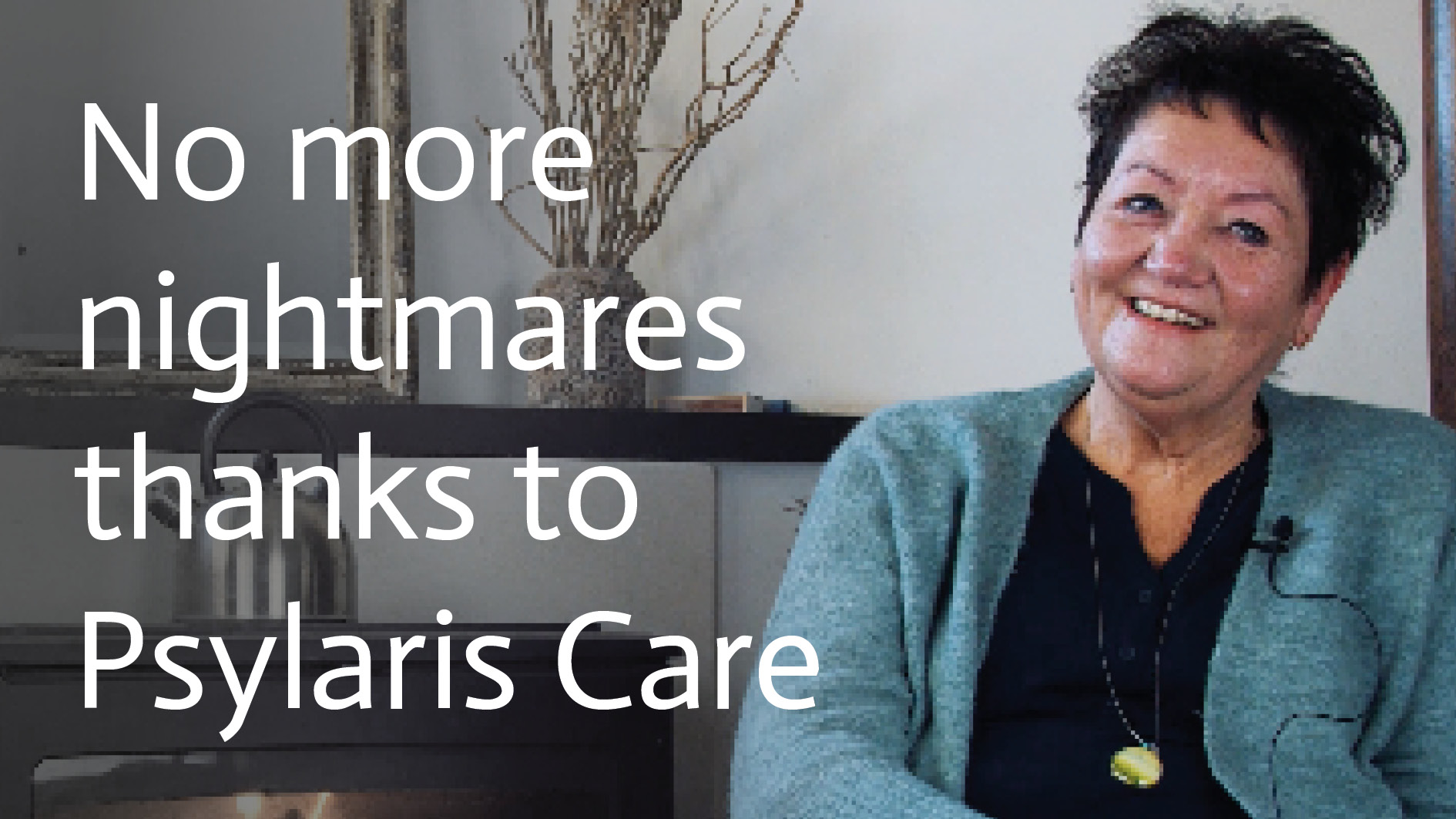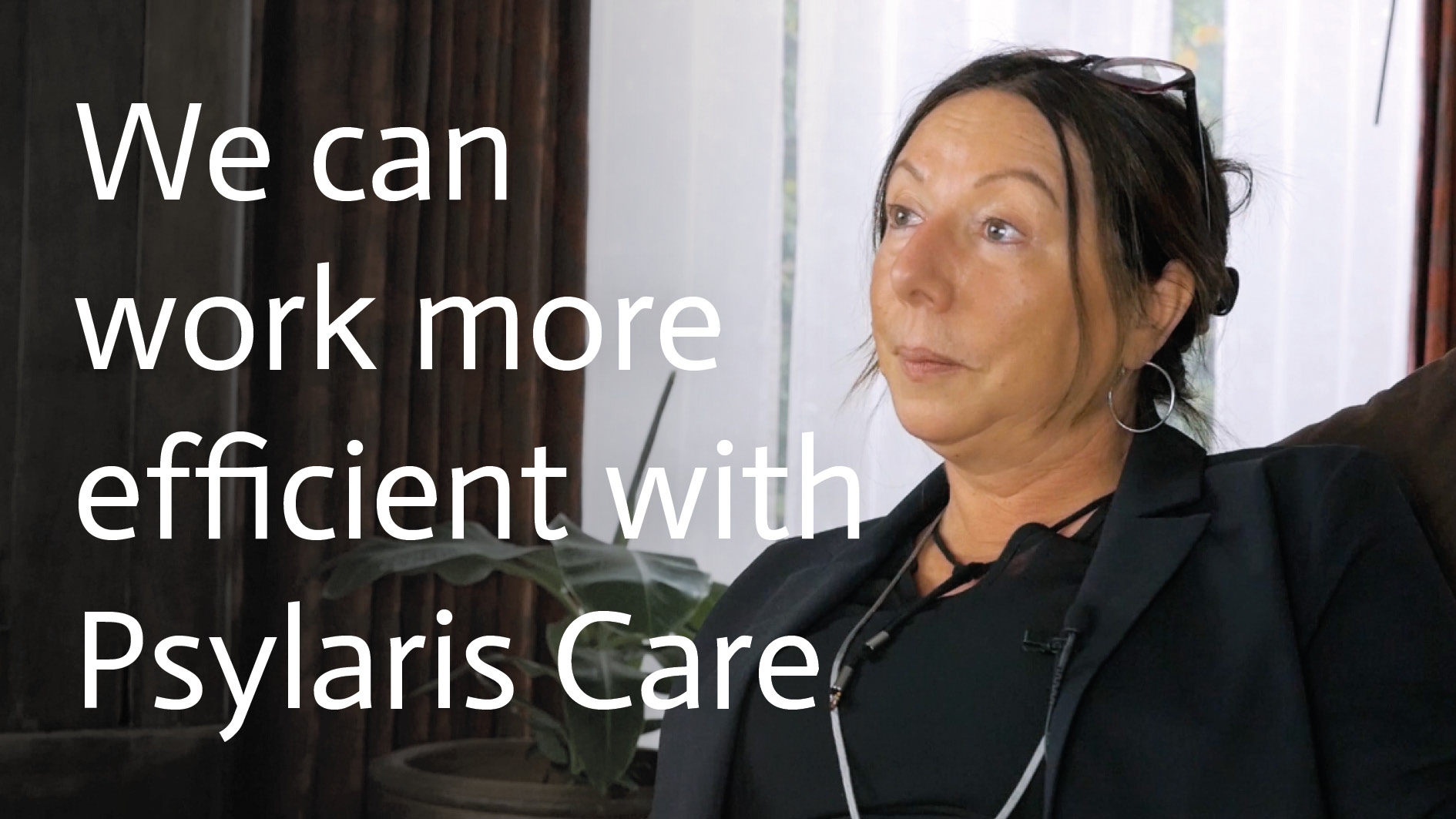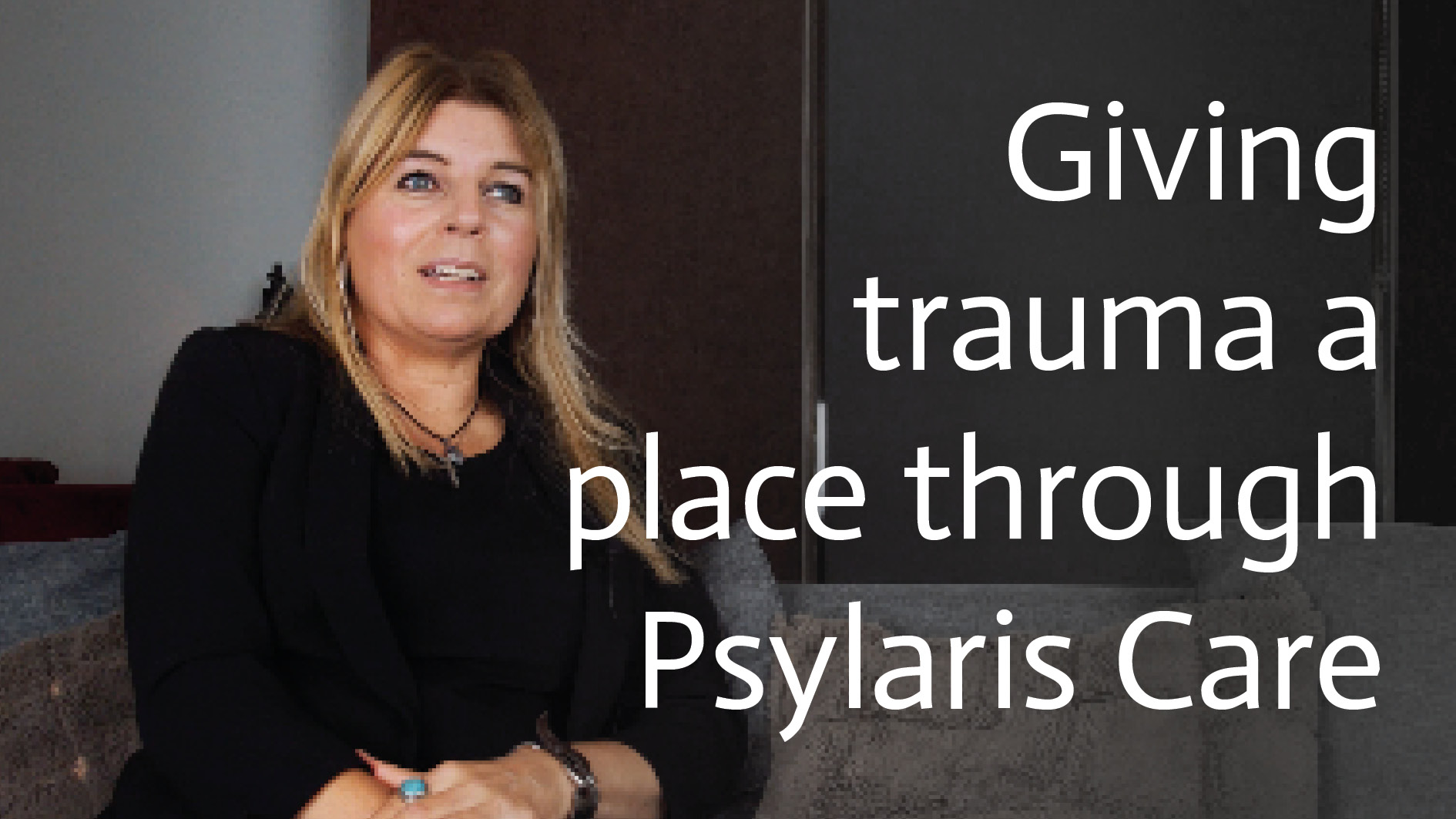Everyone can experience a serious and drastic event. Think of violence, (sexual) abuse, an accident or the death of a loved one. Such an event takes some time to process. Most people will afterwards give the event a place and continue with their lives. But not everyone does. An intense event can quickly become a trauma, which one is confronted with throughout the day. This is painful and causes you to avoid situations. This becomes a post-traumatic stress disorder (PTSD). To get rid of it, you have to undergo treatment.
What treatment for post-traumatic stress disorder?
The main characteristic of PTSD is that the film of the event is constantly played in your head. Sometimes you think you have a break, but then you find yourself in a certain situation that reminds you of the event and then the trauma comes back to the surface. This is especially difficult for yourself, but certainly also for those around you. PTSD affects your whole behaviour, in the worst case resulting in social isolation. Getting rid of PTSD yourself is impossible. You are too far gone for that, but there are good treatment methods available. There are various types of psychological treatment methods with which you can get rid of PTSD. A very successful treatment method is EMDR therapy.
What is EMDR therapy?
EMDR stands for 'Eye Movement Desensitization and Reprocessing'. It is a therapy in which you are distracted from the trauma on the basis of the so-called 'eye movement'. In practice, this means that the therapist asks you to recall the traumatic event in your mind, including all the feelings and thoughts of that moment. Of course this is difficult for someone with PTSD, because he/she does everything to avoid this. During the sessions, therefore, there are sufficient moments of pause. When the trauma is relived, the therapist distracts you with a hand gesture that you must follow with your eyes. It is also possible that you will be given headphones and that you will be distracted by means of a sound signal. The moment of distraction ensures that, from one moment to the next, you are no longer distracted by the trauma This is repeated over and over again, so that you can more easily let go of the trauma and retrieve it. This is in fact giving the event a place.
EMDR via virtual reality with EMDR-Plus
Modern, especially digital techniques, can play an important role in mental healthcare. Psylaris has been developing modern products for mental healthcare for a long time. This makes the services more easily accessible for people who need them and easier to apply for practitioners. Virtual reality (VR) is one of the new techniques that is being used very successfully in the mental healthcare sector. VR makes treatment more efficient and treatment can also be provided remotely, something that will become increasingly common in the future.
EMDR therapy is a form of therapy in which normally the therapist and the client are present together in one room. The client has to follow the hand gesture of the therapist. EMDR via VR is very different. With EMDR-Plus Psylaris has designed a module in which the client wears VR goggles and is able to see a virtual treatment room, this can also be applied remotely. Of course, a combination is also possible, which allows VR to provide more frequent treatments and thus faster recovery.
How does EMDR-Plus work?
The hand gesture or a sound signal is the traditional form of distraction during EMDR therapy. This is no longer necessary with EMDR-Plus with VR glasses on. The degree of distraction plays an important role in the processing of trauma through EMDR. With the VR-glasses on, you leave reality, but you know that you are in a safe and stable environment. During the treatment you are distracted with very intensive distraction tasks and it seems as if you are in the middle of the distraction. Wherever you look, literally from below, above and to the sides, distractions can be seen in online videos. EMDR-Plus by Psylaris ensures that the therapist has many more possibilities for distraction and also for more intensive distraction. As a therapist, you can even develop distraction tasks using online videos from YouTube or Vimeo.








